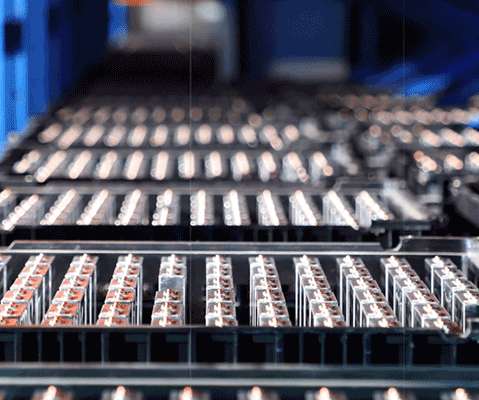New class of high entropy materials for energy storage applications
Green Car Congress
MAY 6, 2019
A team led by researchers from the Karlsruhe Institute of Technology (KIT) in Germany is proposing a new class of high entropy materials for energy storage applications. The Li-containing entropy-stabilized oxyfluoride (Li x (Co 0.2 V vs. Li + /Li, enabling its use as a cathode active material.















Let's personalize your content